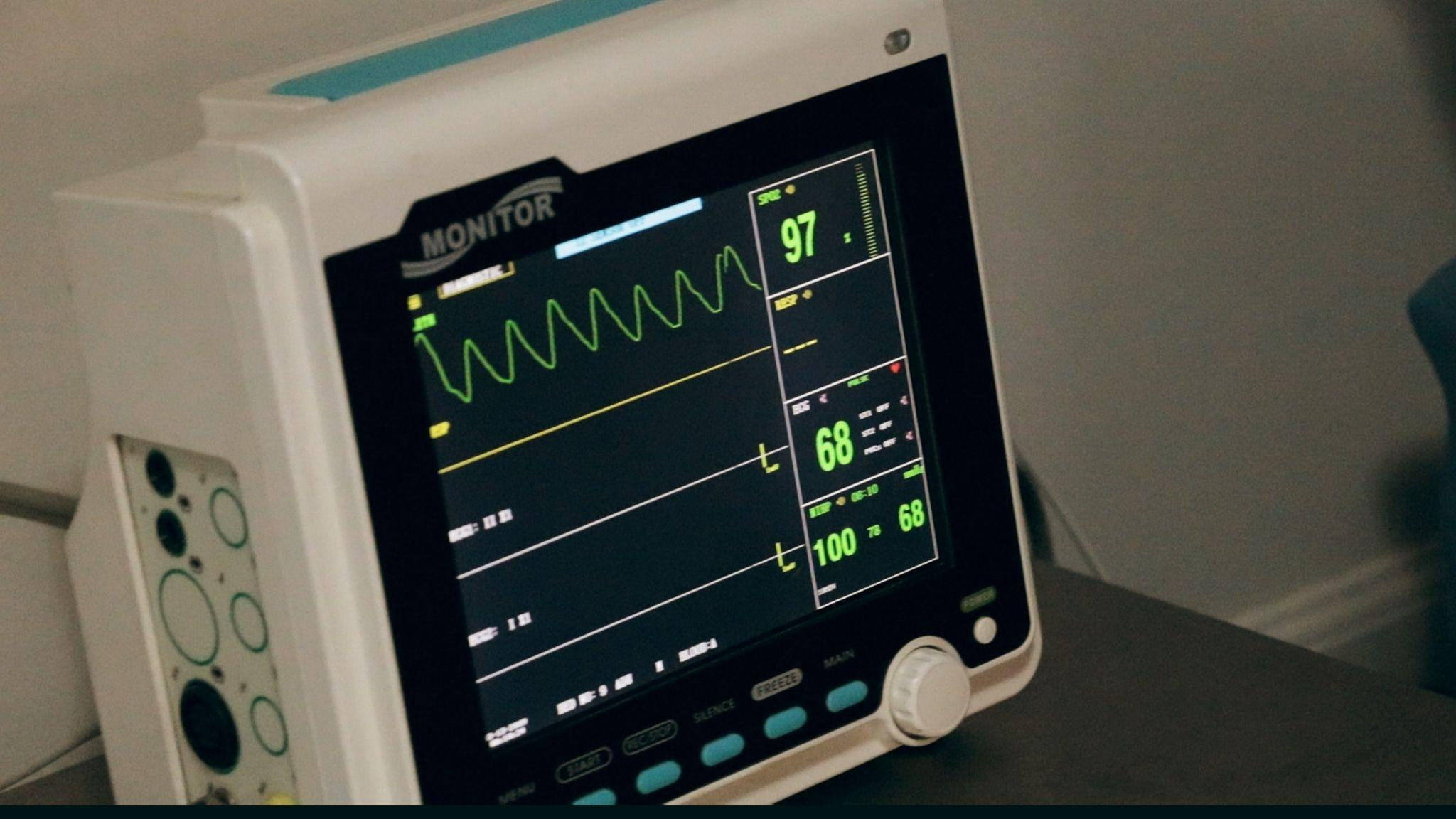OCR (Optical Character Recognition) technology powered by AI can extract data from a variety of documents with great accuracy and efficiency. AI-powered OCR systems can learn and increase their recognition accuracy over time by applying machine learning techniques.
As a result, they are able to work with a wide range of document types and formats and effectively extract data from documents that might have intricate layouts, tables, or handwriting.
Additionally, many manual data extraction processes like data classification and validation can be automated by AI-powered OCR systems. This reduces the need for manual data entry and boosts the efficiency and accuracy of data extraction.
To further clarify AI-powered OCR for precise and effective data extraction, consider the following points:
1. Enhanced accuracy:
AI-powered OCR technology employs cutting-edge machine learning algorithms to accurately identify and extract text from photos, even when the text is deformed or has varied font styles, sizes, or layouts.
Enhanced accuracy is the improvement in data, information, or results’ precision and correctness as a result of superior techniques, tools, or algorithms. Enhanced accuracy in the context of AI-powered OCR refers to the capability of the OCR technology to effectively recognize and extract text from scanned photos, even when there is a complex background, distortions, or a variety of font styles and sizes.
The use of sophisticated machine learning algorithms that are trained on big datasets allows the technology to better understand and recognize text in a variety of settings, which leads to an improvement in accuracy. As a result, the text in the scanned photos is represented more accurately, which can be utilized to automate document-based operations and decrease manual errors.
2. Enhanced productivity:
AI-powered OCR automates the data extraction process, saving time and effort on human data entry and enabling the speedy and accurate processing of massive volumes of data.
Increasing a process, system, or organization’s production and efficiency is referred to as increasing productivity.
Enhanced productivity in the context of AI-powered OCR refers to the capability of OCR technology to automate the data extraction process, minimizing the time and effort needed for human data entry and enabling companies to handle massive amounts of data fast and accurately.
This improved productivity results from firms being able to execute jobs more quickly and with less effort, freeing up resources to concentrate on more strategic activities. Additionally, AI-powered OCR technology can increase the overall quality and accuracy of the data utilized for decision-making by lowering the risks associated with human data input errors, producing better results and greater levels of efficiency.
3. Cost savings:
By automating the data extraction process, AI-powered OCR technology can assist businesses in saving money on labor costs and reducing the likelihood of human error when entering data by hand.
Cost savings refer to the decrease in expenditures or expenses linked to a procedure, a system, or an organization. Cost savings in the context of AI-powered OCR refer to the decrease in administrative expenses brought on by the automation of the data extraction procedure.
AI-powered OCR technology can assist firms in decreasing their personnel expenses and minimising the hazards associated with manual errors by reducing the time and effort needed for manual data entry. Additionally, enterprises can save money by avoiding costly errors and increasing the effectiveness of their operations thanks to the improved accuracy of the data collected utilizing AI-powered OCR technology.
Overall, by speeding up their data extraction procedures and increasing their overall productivity, firms can save a lot of money by using AI-powered OCR technology.
4. Simple integration:
AI-powered OCR technology is created to be simple to integrate with current systems and workflows.
The term “simple integration” describes how simply a technology or system may be included in already-existing procedures, systems, or workflows. The term “easy integration” in the context of AI-powered OCR refers to the capability of the OCR technology to be readily integrated into current systems and workflows, enabling enterprises to swiftly and easily automate their data extraction processes.
This can be done using APIs, software development kits (SDKs), or other methods of integration, enabling businesses to easily integrate AI-powered OCR into their current workflows and systems with little disturbance.
The outcome is a streamlined data extraction procedure that boosts data extraction accuracy and productivity without requiring major adjustments to current systems or procedures. Simple AI-powered OCR technology integration










